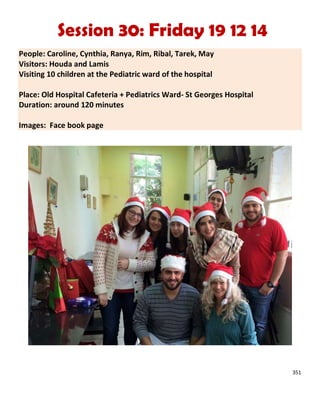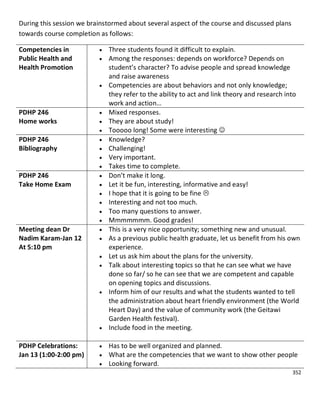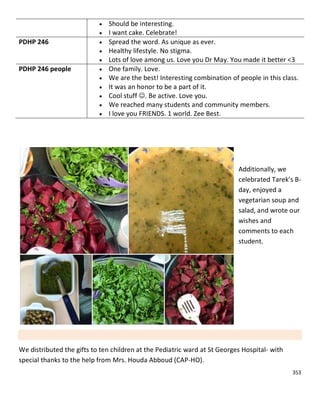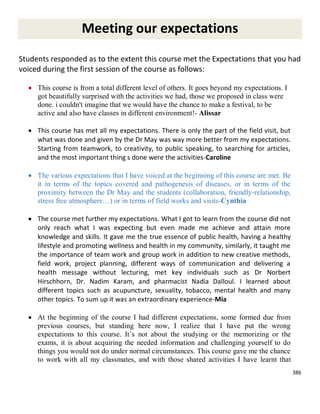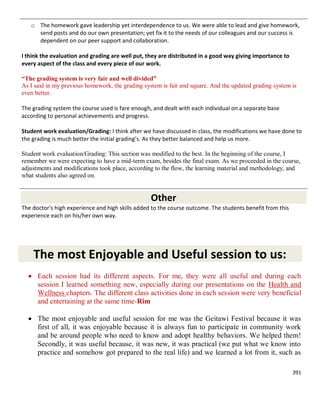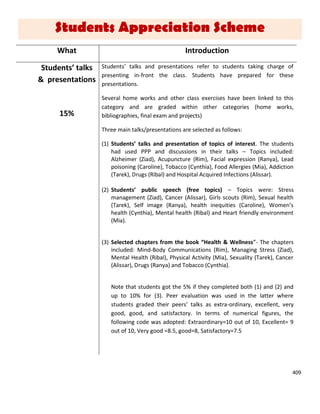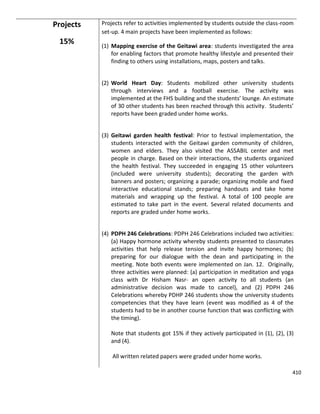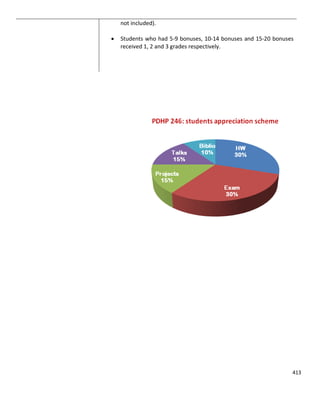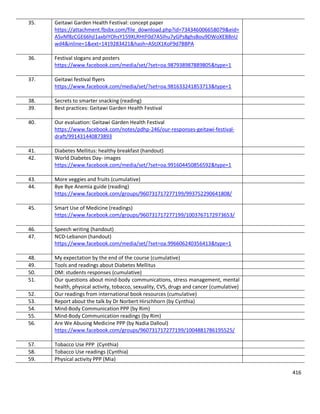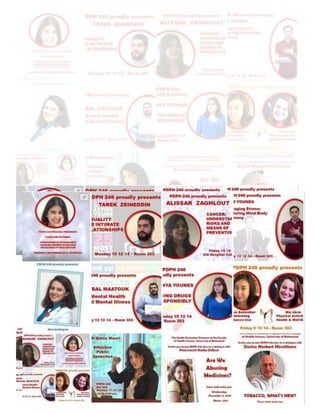The document is a comprehensive report on the activities, outcomes, and acknowledgments related to the course PDHP 246 at the University of Balamand, facilitated by Dr. May Haddad. It highlights the contributions of students, guest speakers, and community involvement throughout the course, which included interactive sessions, health festivals, and various educational activities. Additionally, it shares students' reflections on their learning experiences, emphasizing the value of teamwork, practical application, and personal growth in public health education.






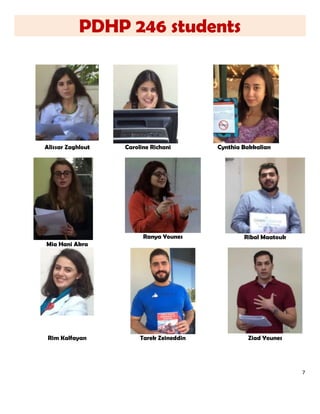















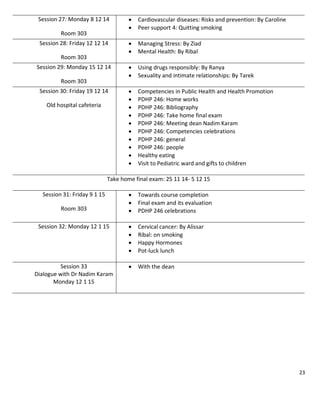

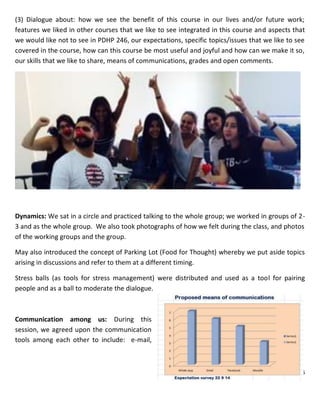









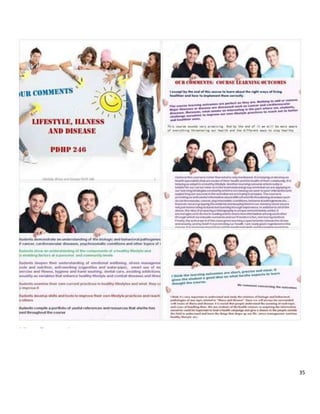




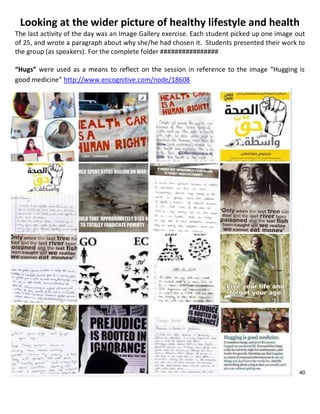



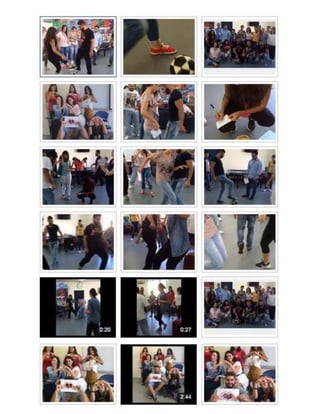

















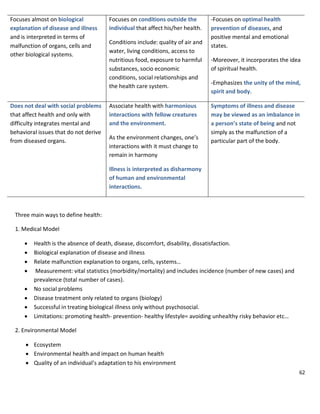
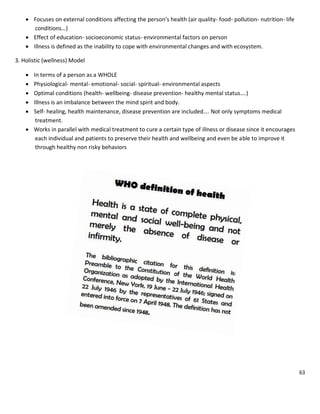












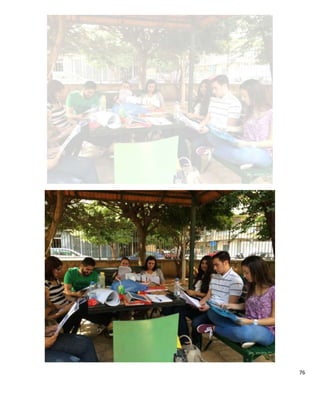






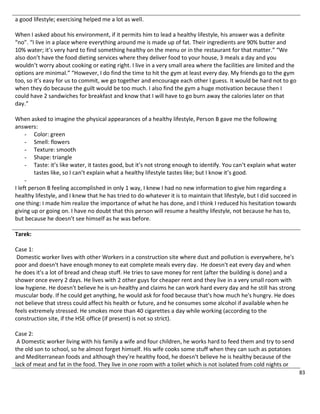




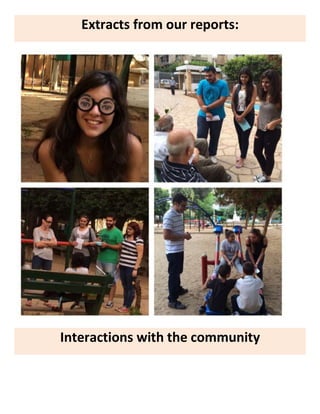


















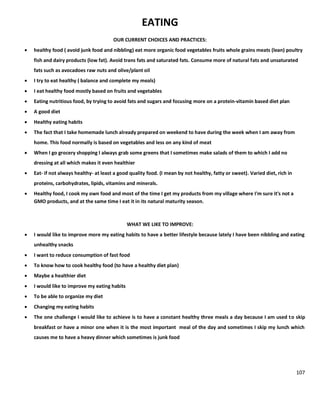


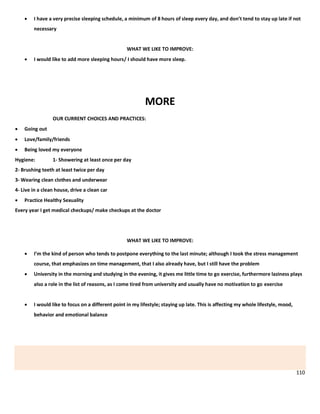









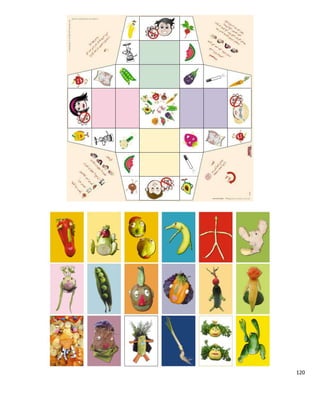


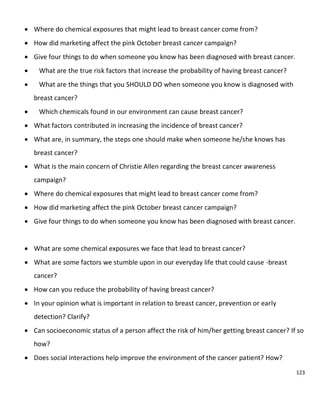




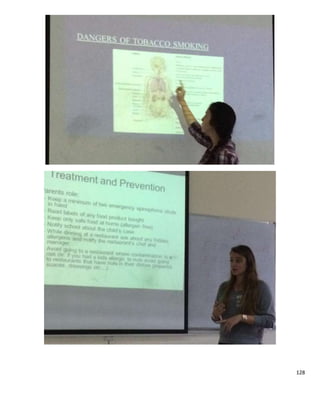


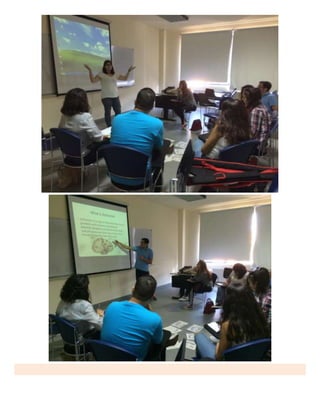







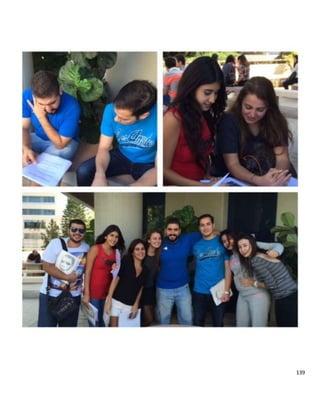















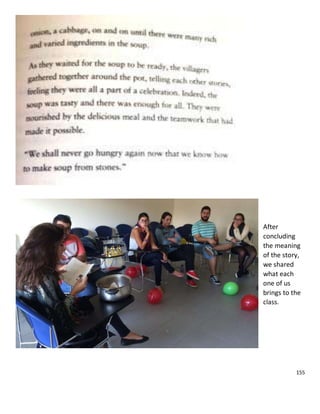







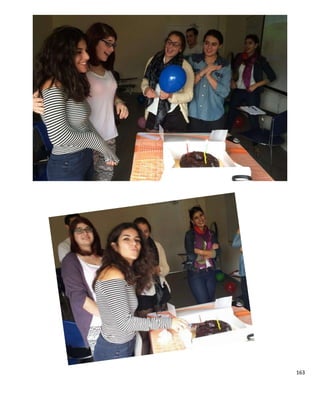







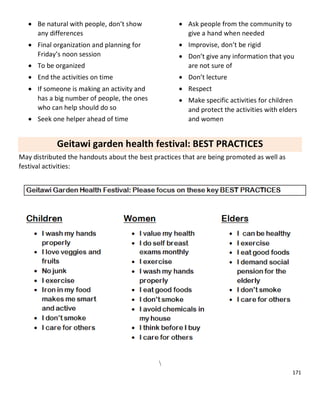

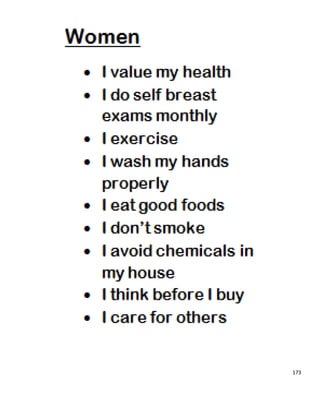



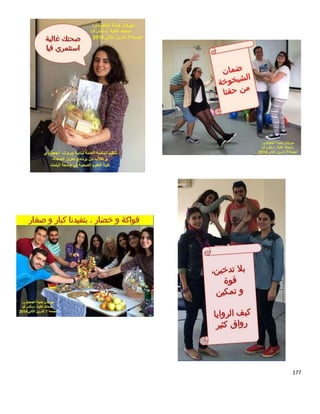

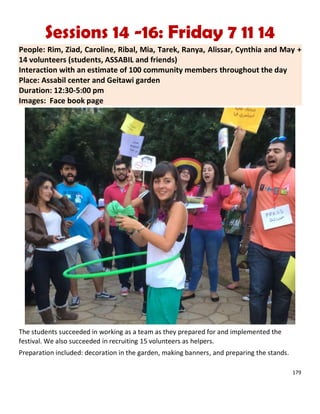









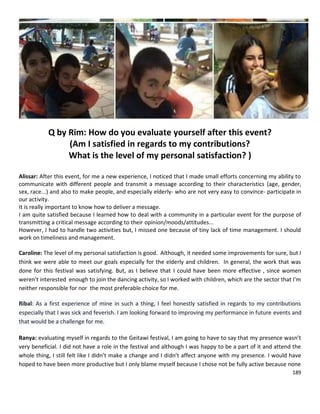







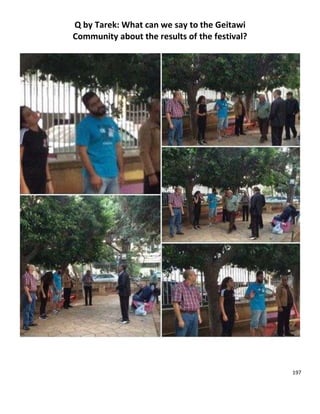




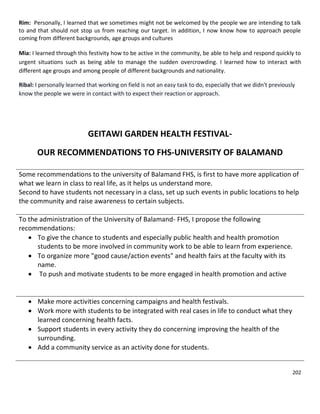



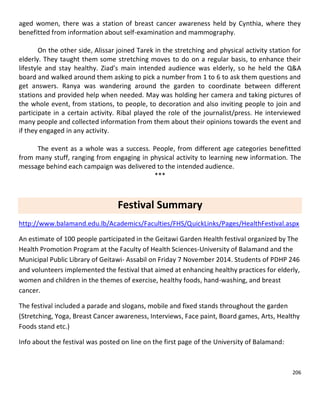










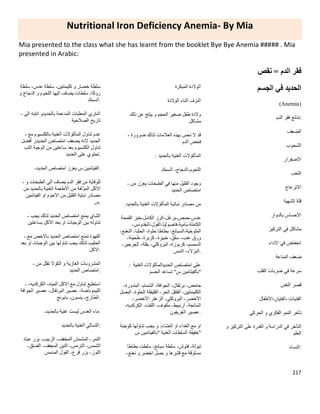



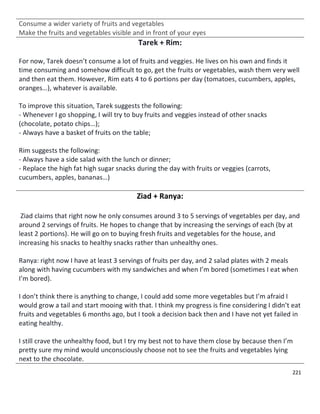


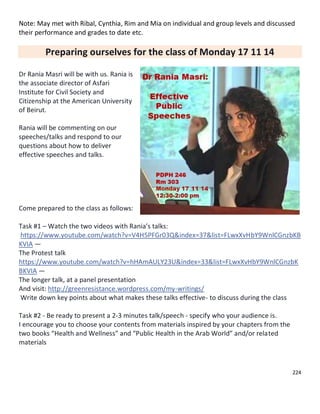





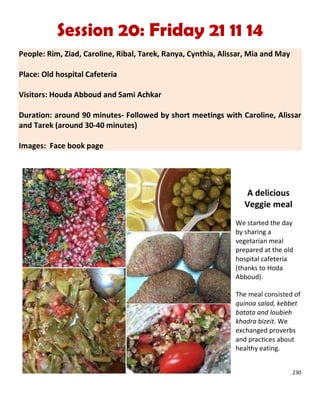


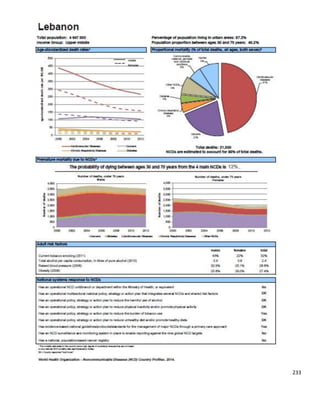







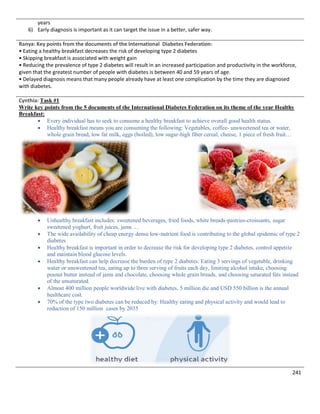














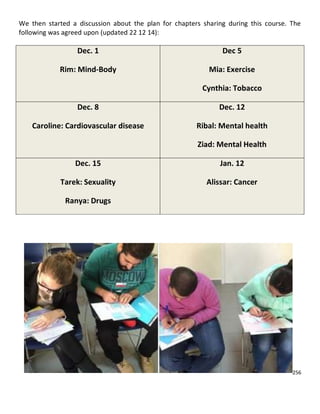







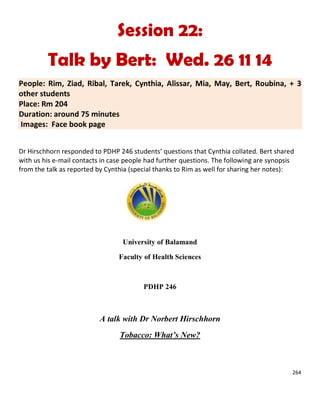








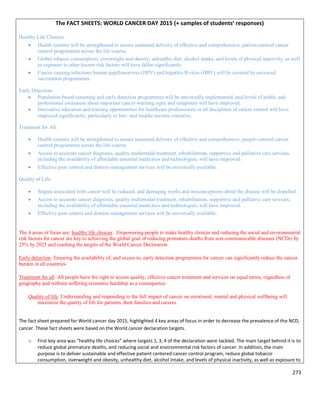


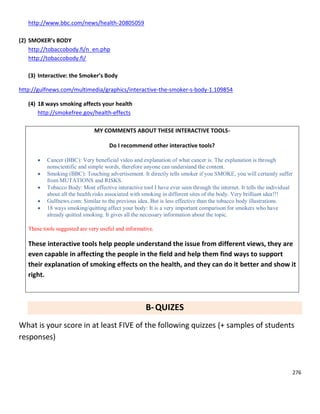





















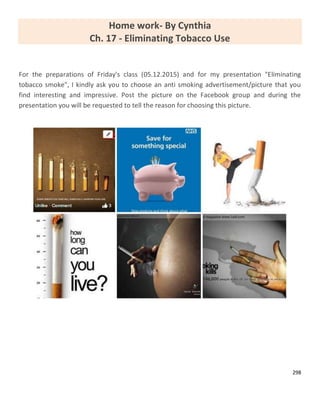






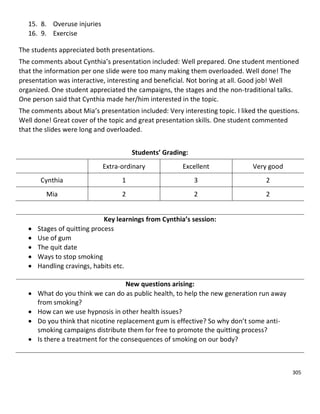































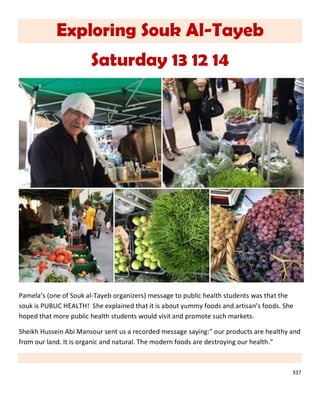




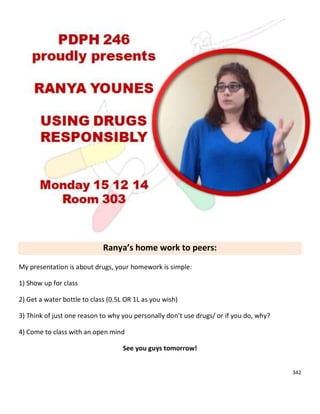
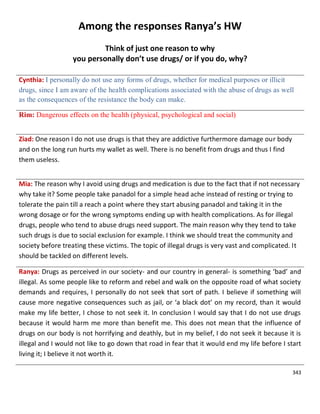



![347
CDC Center of Disease Control
Retrieved from: http://www.cdc.gov/condomeffectiveness/brief.html
Condom Fact Sheet In Brief
Consistent and correct use of the male latex condom reduces the risk of sexually transmitted disease (STD) and human
immunodeficiency virus (HIV) transmission. However, condom use cannot provide absolute protection against any STD. The most
reliable ways to avoid transmission of STDs are to abstain from sexual activity, or to be in a long-term mutually monogamous
relationship with an uninfected partner. However, many infected persons may be unaware of their infection because STDs often
are asymptomatic and unrecognized.
Condom effectiveness for STD and HIV prevention has been demonstrated by both laboratory and epidemiologic studies. Evidence
of condom effectiveness is also based on theoretical and empirical data regarding the transmission of different STDs, the physical
properties of condoms, and the anatomic coverage or protection provided by condoms.
Laboratory studies have shown that latex condoms provide an effective barrier against even the smallest STD pathogens.
Epidemiologic studies that COMPARE RATES of HIV infection between condom users and nonusers who have HIV-infected sex
partners demonstrate that consistent condom use is highly effective in preventing transmission of HIV. Similarly, epidemiologic
studies have shown that condom use reduces the risk of many other STDs. However, the exact magnitude of protection has been
difficult to quantify because of numerous methodological challenges inherent in studying private behaviors that cannot be directly
observed or measured.
Theoretical and empirical basis for protection: Condoms can be expected to provide different levels of protection for various STDs,
depending on differences in how the diseases or infections are transmitted. Male condoms may not cover all infected areas or areas
that could become infected. Thus, they are likely to provide greater protection against STDs that are transmitted only by genital
fluids (STDs such as gonorrhea, chlamydia, trichomoniasis, and HIV infection) than against infections that are transmitted primarily
by skin-to-skin contact, which may or may not infect areas covered by a condom (STDs such as GENITAL HERPES , human
papillomavirus [HPV] infection, syphilis, and chancroid).
STDs, including HIV
HIV Infection
Consistent and correct use of latex condoms is highly effective in preventing sexual transmission of HIV, the virus that
causes AIDS.
Other STDs and Associated Conditions
Consistent and correct use of latex condoms reduces the risk for many STDs that are transmitted by genital fluids (STDs
such as chlamydia, gonorrhea, and trichomoniasis).
Consistent and correct use of latex condoms reduces the risk for genital ulcer diseases, such as GENITAL HERPES , syphilis,
and chancroid, only when the infected area or site of potential exposure is protected.
Consistent and correct use of latex condoms may reduce the risk for genital human papillomavirus (HPV) infection and HPV-
associated diseases (e.g., genital WARTS and cervical cancer).](https://image.slidesharecdn.com/pdhp2461-3323115-150707113235-lva1-app6891/85/Notebook-PDHP-246-347-320.jpg)



